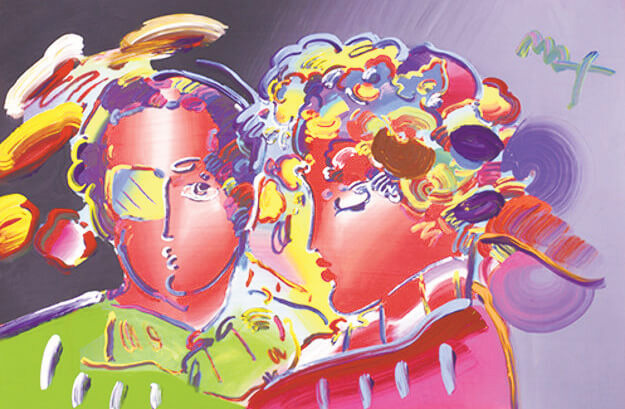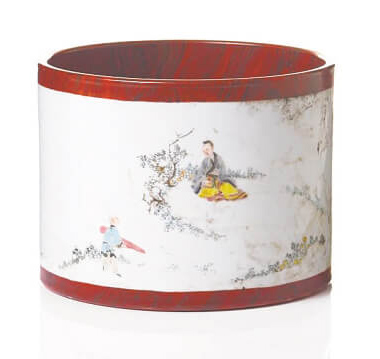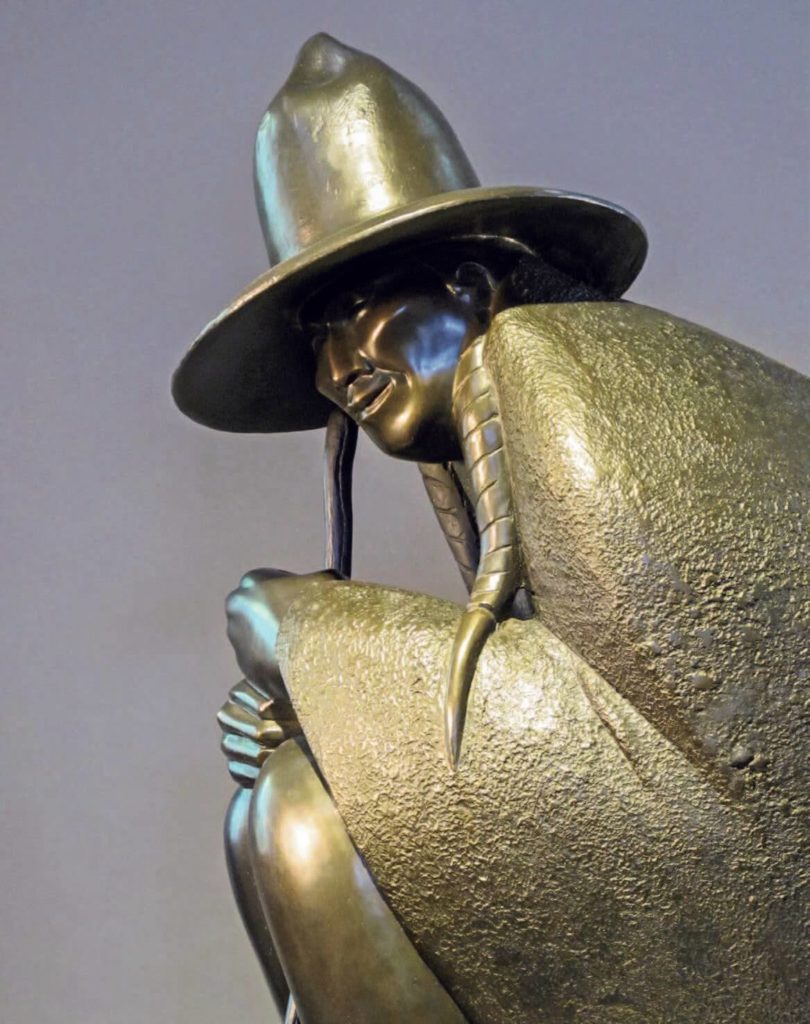American U.S. Bills
Collecting currency is a lot of fun, but fraught with valuation confusion that involves grading difficulties, whims of collectors, geographical concerns and plain old counterfeiting. Most bills we get in are common “red seal” 1928 to 1963 $5 and $2 notes (pictured below). These typically bring half to double their face value, and top out at around $200 to $300 for rarely seen, crisp, never-folded, never-circulated 1928 versions.
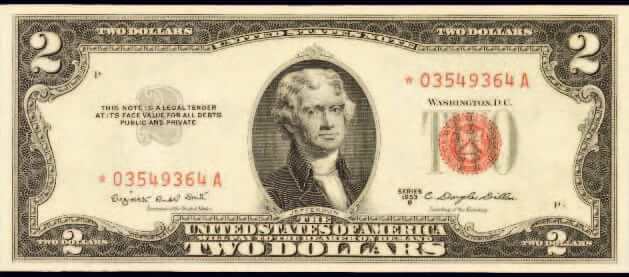
$2 note circa 1928-1963
Confederate Currency
Confederate currency is interesting, as well. Many think it is worthless, but most Confederate notes are worth face value or more. Value depends on date (the earlier the better), condition (most are pretty awful since the paper was usually thin and cheap), city issue (Montgomery is preferred), design and boldness of color.
The rare example shown below was made in 1861 in Montgomery, was never circulated and was of a higher denomination of $500 (value $3,000). For many years, local banks were allowed to print their own currency.
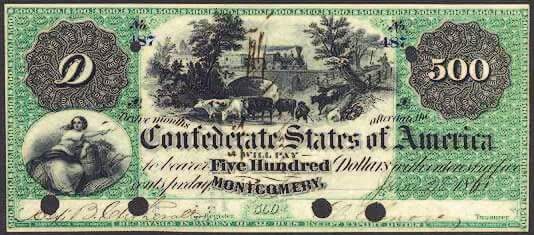
$500 Confederate note circa 1861
A $5 dollar Bill Worth $17,000
Cities like Chicago and New York printed millions of bills, and they are usually worth 10 percent to 50 percent over face value. Notes in better condition bring more. But bills from smaller banks, like the Eureka, Nev., note below, can bring big rewards (this one brought $17,000 at auction).
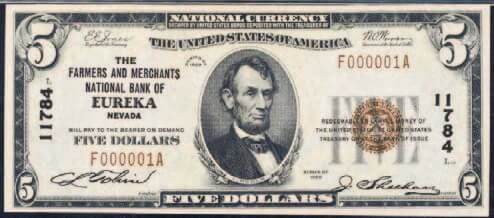
$5 Eureka, Nevada note sold for $17,000
Large Denominations
Large-denomination bills are very common. $1,000 bills usually bring $1,300 to $1,600 each (poor, wrinkly, raggedy ones bring less; crisp, uncirculated bills bring more), but some can bring $10,000 or more, like the one below, a large-sized note that we recently bid $13,000 on.
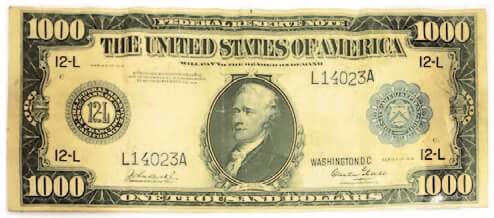
$1,000 note sold for $13,000
Evem Small Denominations Can Be Worth a Lot
Looking for a “sleeper”? Check your currency hoard for this one: This common-looking 1933 $10 bill below is worth $1,000 to $5,000 in very good to excellent condition!
Even 1934 $10 bills are usually worth $15 to $20! Value can be affected by pinholes, star notes, counting wrinkles, smudges, corner folds, centering (how the note was “centered” when it was printed) and even erroneous notes (when the printing press went awry with low ink, oddly folded paper, bleed-over prints, errors in serial numbers, etc). Look for ink stains and pen or pencil writing, which hurts value, as well. Also, notes payable in silver coin or in gold are usually worth more. Lower serial numbers are a plus. Various signatures on these bills matter, as well.
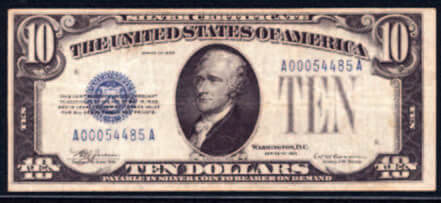
This $10 bill is worth $1,000-$5,000 in very good to excellent condition
This is an archival article formerly written and is for informational purposes only. The valuations in this article have likely changed since it was first written.

